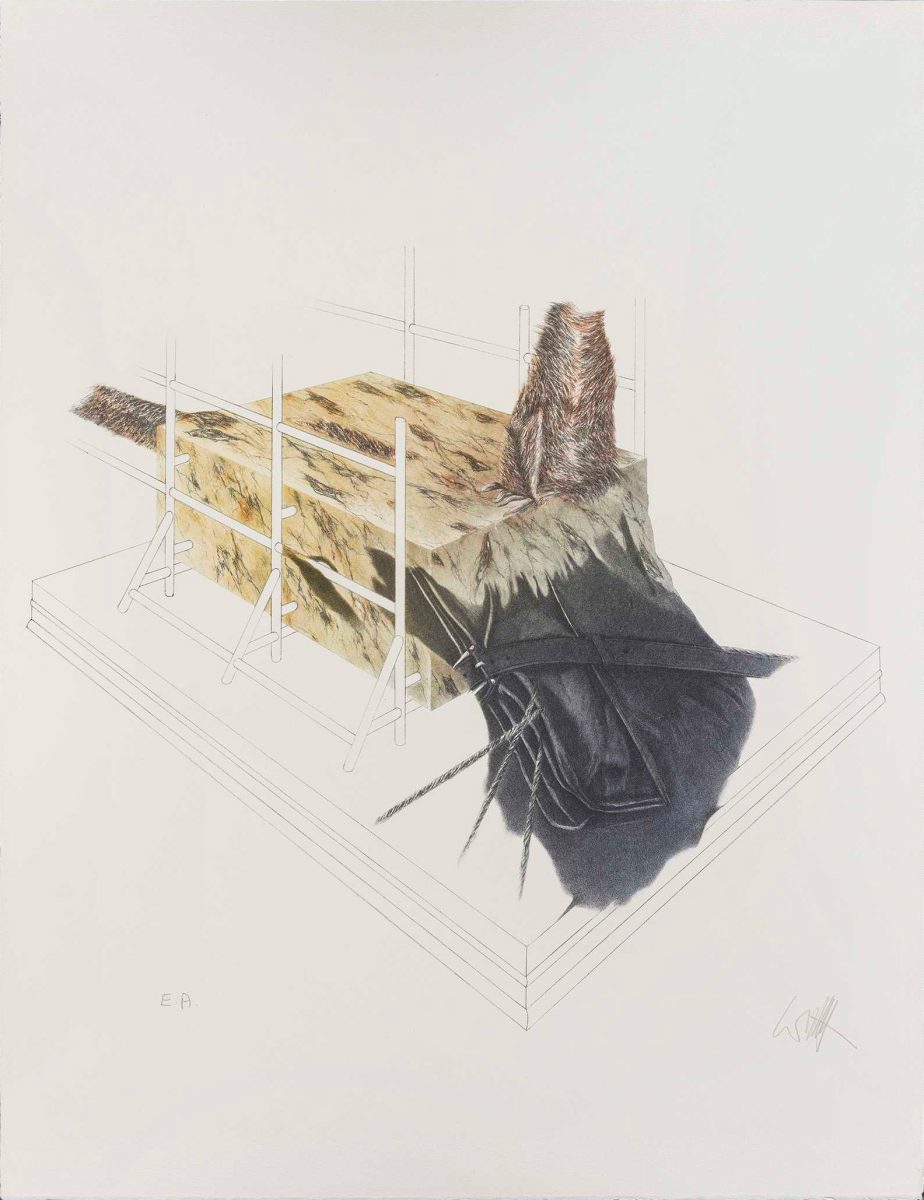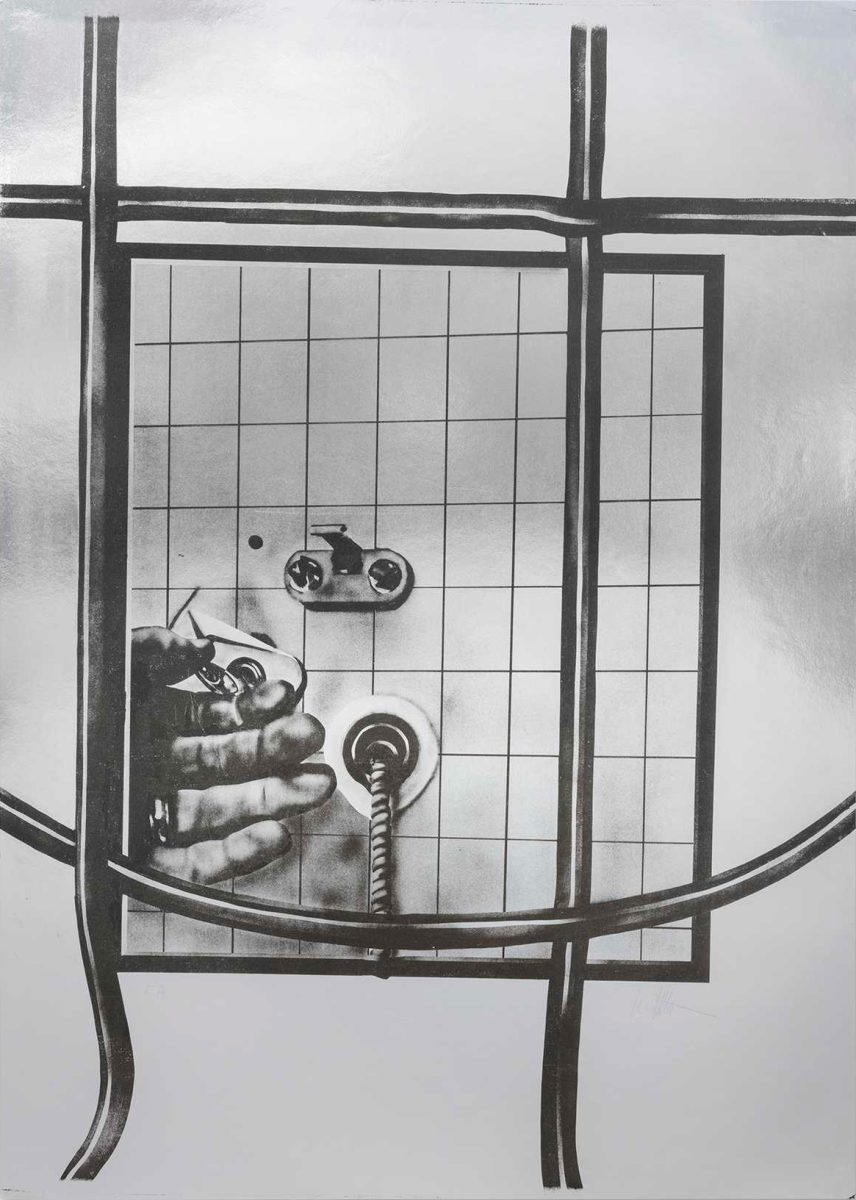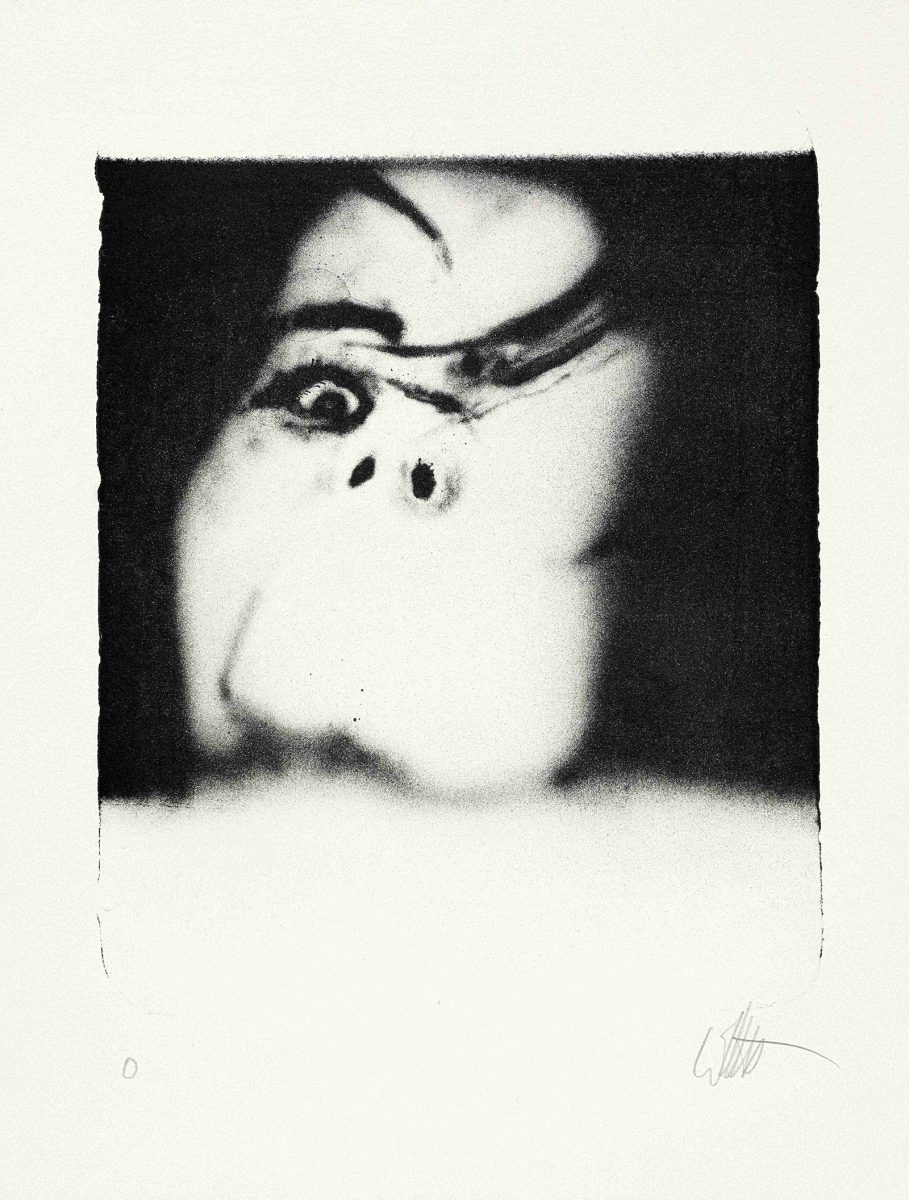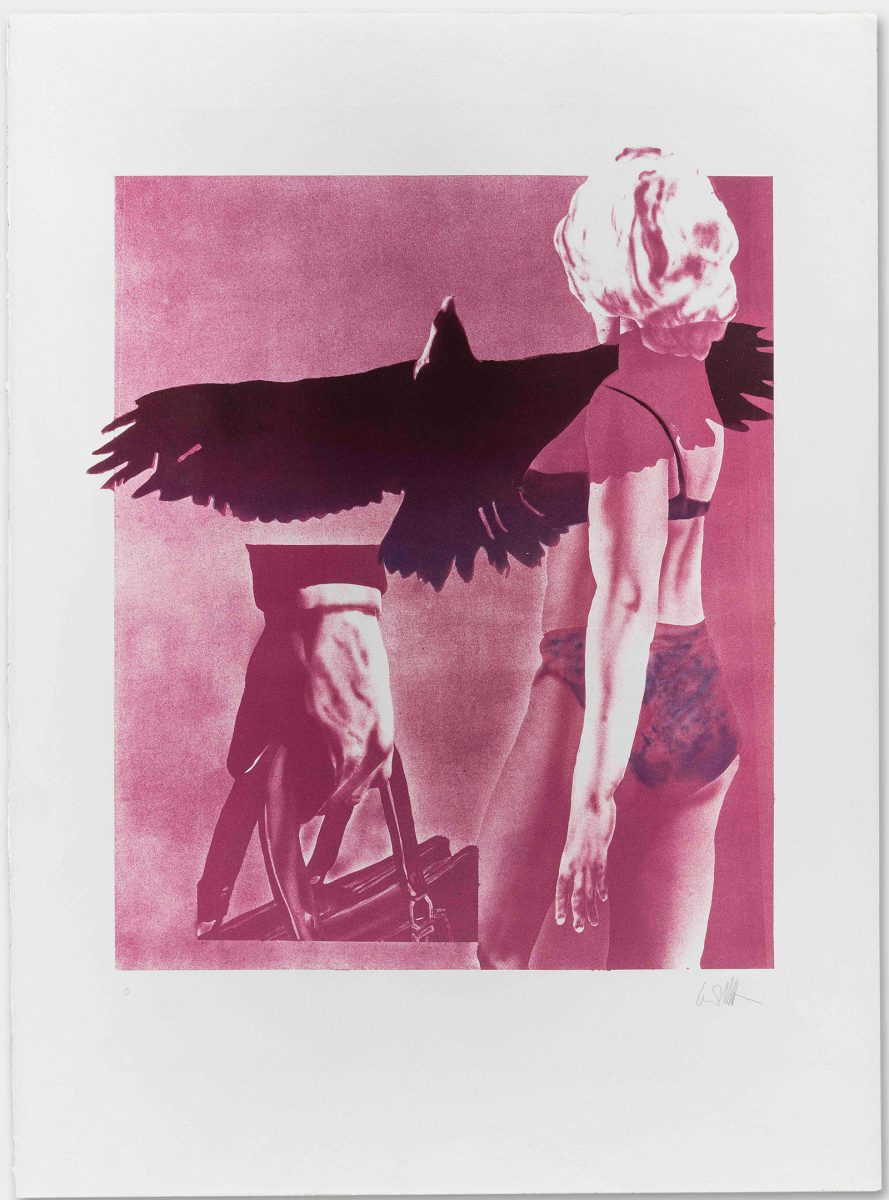Jean Lecoultre began printmaking in the 1960s, working with Pietro Sarto and Edmond Quinche at the Presses artistiques de Pully. He then worked at the Atelier de taille-douce de Villette and, beginning in 1971, at the Atelier de Saint-Prex. Although he occasionally worked in soft varnish and aquatint, the vast majority of his printed output was done in lithography, a technique that, while allowing great freedom in composition, also enabled his interest in expanding his mark-making through a range of processes and techniques. In addition to the plates held in legal deposit by the Atelier de Saint-Prex, a number of Lecoultre’s paintings and drawings have been donated to the Fondation by Isabelle and Jacques Treyvaud.
Born in Lausanne in 1930, the painter and lithographer Jean Lecoultre was deeply influenced by surrealism, which he discovered during his adolescence through the magazine Minotaure. Following this discovery, the young man initially tried his hand at poetry, before studying as a painter. Yet faced with his father’s opposition, he was forced to give up his artistic training for a more conventional career. He went on to study at the Lausanne Business School and worked as a legal agent for Swissair. Eventually, however, he met Pietro Sarto, and in 1951 he left Switzerland for Spain, devoting himself entirely to painting. In Madrid, where he stayed until 1957, Lecoultre rubbed shoulders with the city’s avant-garde painters – notably, the brothers Carlos and Antonio Saura, with whom he showed work in his first exhibitions. At the same time, he began to make a name for himself back in Switzerland, winning a federal Fine Arts grant and taking part in the 1955 exhibition of works by Young French-speaking Swiss painters at the Kunsthalle in Bern. In 1957, Lecoultre returned to Lausanne for good. His painting underwent a profound transformation: the landscapes and figures inspired by his Spanish sojourn gave way to more complex compositions that employed a visual language often inspired by television and film. Over the following decades, his work continued to evolve, giving rise to a highly distinctive universe in which disparate fragments of construction, objects from everyday life and evanescent figures seem to transform on the canvas. In 1978, he was chosen to represent Switzerland at the 38th Venice Biennale. His work has been recognised by major retrospective exhibitions at the Musée Cantonal des Beaux-Arts in Lausanne (1990) and the Fondation Gianadda in Martigny (2002). In spring 2022, a year before his death, the Fondation William Cuendet & Atelier de Saint-Prex devoted an exhibition to him at the Print Pavilion of the Musée Jenisch Vevey.




